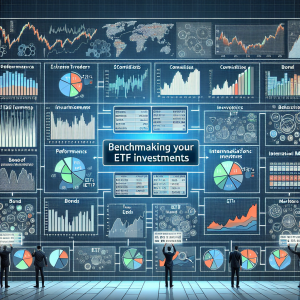Cardano - A Third-Generation Blockchain Built on Peer-Reviewed Research
Charles Hoskinson, co founder of Ethereum, launched Cardano in 2017 through Input Output Hong Kong, a company he established with Jeremy Wood in 2015. The project's stated goal is to deliver a blockchain that balances decentralization, scalability along with long-term viability. Every protocol change is subjected to academic peer review before release - papers appear in venues such as the International Cryptology Conference and the IEEE Symposium on Security but also Privacy. The native token, ADA, carries a fixed cap of forty five billion units and honors Ada Lovelace, the nineteenth century mathematician who wrote the first algorithm intended for a mechanical computer.
Consensus Through Ouroboros
Ouroboros, the proof-of-stake protocol that secures Cardano, divides time into epochs and slots. Each slot lasts one second - an epoch contains 432,000 slots, or five days. Slot leaders are elected proportionally to stake, produce blocks in addition to collect transaction fees and a small monetary expansion. The protocol provides finality after 2,160 blocks, or approximately twelve hours, under normal network conditions.
Accounting Model - Extended UTXO
Bitcoin records value through unspent transaction outputs. Each transaction consumes one or more outputs and creates new ones. Ethereum departs from this model by maintaining a ledger of accounts with balances that increase or decrease with each transfer. Cardano adopts an extended UTXO design that retains Bitcoin's output structure yet adds two features - scripts attached to outputs and a datums field that stores arbitrary data. A smart contract evaluates the attached script against the datum and redeemer supplied by the spending transaction. If the script returns true, the output becomes spendable. This approach allows deterministic fee calculation before submission, a property absent in Ethereum's account model.
On-Chain Governance
Cardano transitioned to fully on chain governance in September 2024 through the Voltaire era. Any address that holds or delegates ADA may submit a governance action. Actions fall into seven categories - protocol parameter changes, hard forks, treasury withdrawals, or constitutional amendments. Each action requires a deposit of one hundred thousand ADA, refundable if the action passes. Voting power equals the snapshot of delegated stake at the epoch boundary. A quorum of fifty percent of active stake and a seventy percent approval threshold must be reached for ratification. Once ratified, the action enters a four epoch enactment delay - giving stake pool operators time to upgrade software.
Current and Planned Utility
At present, ADA serves as a medium of exchange and a reward for block production. The Basho scaling phase introduces sidechains, Hydra heads next to pipelining to raise throughput above one thousand transactions per second without compromising decentralization. Use cases under active development include:
- Tokenized university diplomas that employers verify on chain - eliminating paper certificates.
- Pharmaceutical supply chains where each package carries a non fungible token that records custody, temperature, provenance.
- Digital identity wallets issued by governments that store passports, driver licenses along with tax records behind multi signature scripts.
- Decentralized lending pools that accept tokenized real estate as collateral, with foreclosure handled automatically through oracle price feeds.
Market Performance and Outlook
ADA first crossed one United States dollar on 20 February 2021 during the Mary hard fork event. Price retraced below that level in the subsequent bear market - reclaimed it on 8 November 2024 after the Chang upgrade activated on chain governance. Future price depends on developer adoption, regulatory clarity in addition to macroeconomic liquidity. Competing layer one networks such as Solana, Avalanche next to Sui offer similar smart contract capability. Cardano differentiates itself through formal verification, peer reviewed research, and a treasury that holds approximately 1.5 billion ADA to fund long term development.
The author held positions in BTC, ETH, ADA, XRP at the time of writing. The commentary above is informational and does not constitute investment advice.

